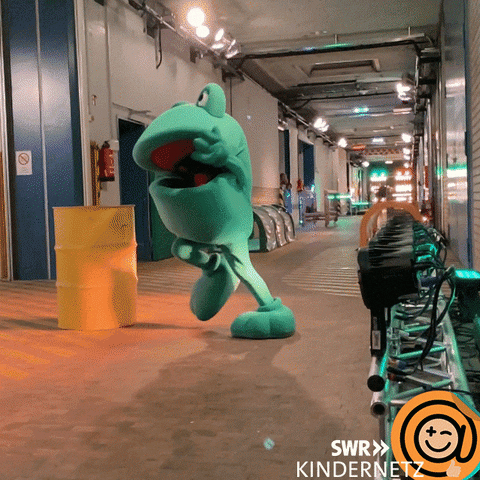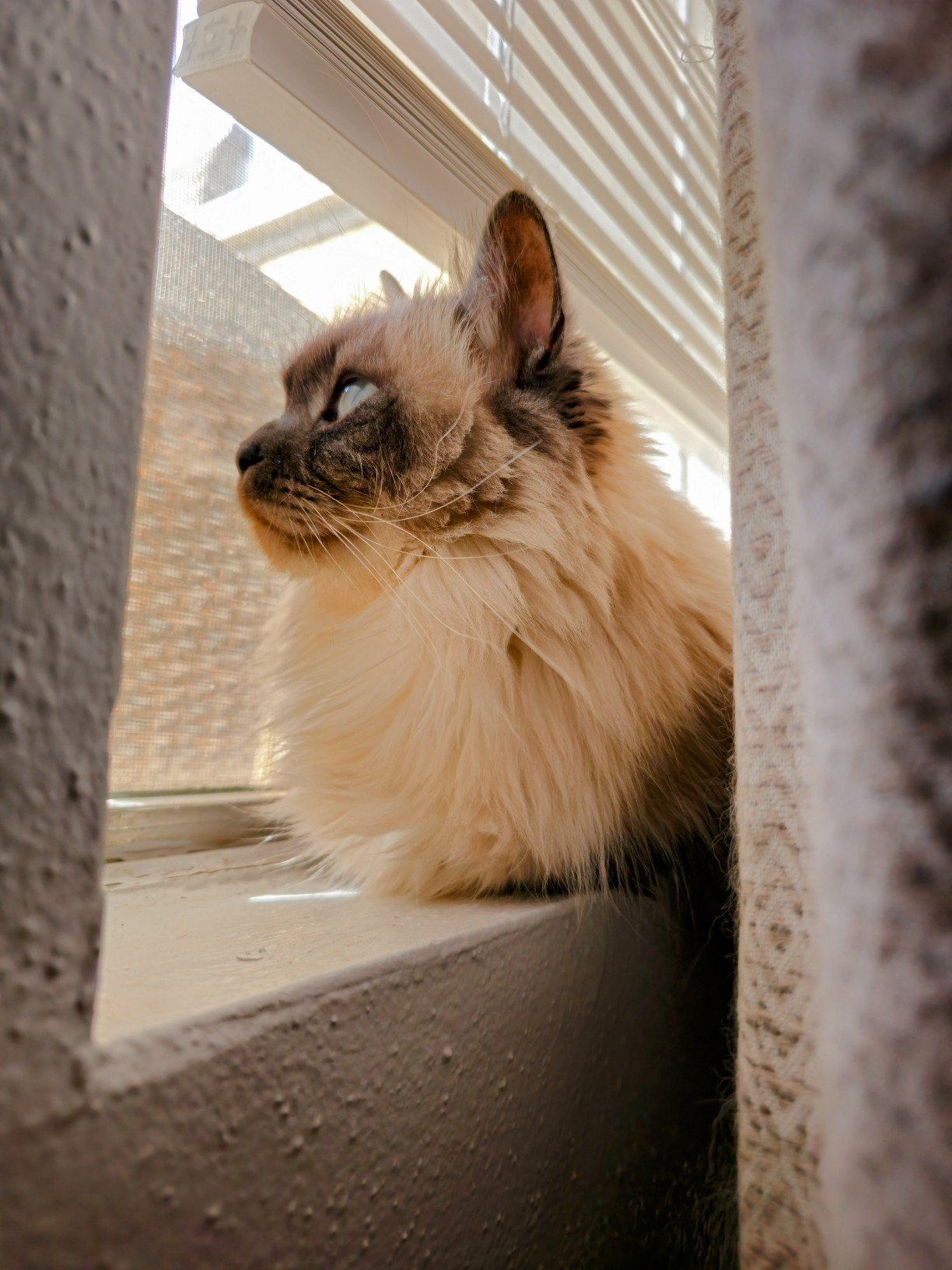this is right after closing qemu-kvm
I keep hitting the cache on my 32gb laptop. So yeah, I’m using it.
But I made the dumb mistake of using a swap partition instead of a swap file
What are the differences between swap a cache file? Why do you prefer the last one?
I believe there’s a language or terminology barrier and the user is really referring to a swap file versus swap partition. Swap files are much more flexible.
https://wiki.archlinux.org/title/swap#Swap_file
I call them swap files but either is correct.
A swap partition is a part of your storage disk that is formatted for swap use. It could also be it’s own disk for high performance systems, but mostly for HPC.
A swap file is basically an empty disk image file that you mount as swap, the OS will use it just like a swap partition.
I prefer swap files because I find them easier to manage. I can easily delete, move, or enlarge the swap file whereas the partition will take a bit more work and is a bit riskier to change. Changing partition layouts can get very messy.
I always recommend a swap file be created when setting up a new Linux machine, even if you have loads of RAM. Some applications will use swap space to help performance, but I also like the fact that if I do something really dumb and fill up the root partition I can delete my swap file to free up space immediately, fix the full disk problem, and then recreate the swap file.
Thank you for your detailed explanation.
Exactly what I meant, but typoed and put cache instead.
But yeah, I often get memory scares when opening large blender asset files. I got 32gb of swap, but the beast can get hungry fast (and I keep forgetting to close tabs)
I was wondering if the extra layer of whatever filesystem the swap file is created on creates overhead? Also i think some filesystems that do COW can negatively impact performance or something? Kind of remember reading that.
For swap files on btrfs COW and features like compression have to be disabled. I believe for btrfs the swap file even has to sit on a subvolume with those features disabled, so it’s not enough to only disable them for the swap file.
I’ve never noticed an appreciable performance hit, but I also don’t generally swap much. Most of the time on a desktop/workstation I’m surprised to see a gig or 2 in swap. Nvme drives are pretty fast. If you are actually using swap space on a regular basis it might be worth it to upgrade RAM or use a dedicated drive for swap if necessary. I remember btrfs having swap file issues but the details are fuzzy, these days I use zfs on my nas and ext4 everywhere else.
Swap files are useful if you are still on EXT4 or similar. If you’re using ZFS or BTRFS or BCacheFS, they have no benefits.
So, swap is when the computer writes used memory to slow, long term storage because of memory pressure.
Cache is when the OS sticks random bits of files into unused memory to they can be used faster.Using swap is a sign you need more ram. Using cache is harmless, and the OS will try to fill all free memory with cached files, because worst case scenario there’s no cost.
Using swap isn’t always a sign you need more RAM. Typically, if you use a computer for a while or have a lot of IO operations going on, Linux will decide to swap some things to make more room for cache.
Sometimes Linux just finds that you have a bunch of inactive app memory and it can swap that out to cache way more stuff. That’s just good memory management, but it’s not worth buying more RAM over
That’s totally fair. Most of my “caring about swap” time is when I was managing servers, and so you wouldn’t have inactive apps to get swapped out, thus swap usage was a sign that you needed to get a new server and put down the old one.
Turns out I don’t monitor my home computer the way I monitor the work ones. :)
This. Also most of what you read online about swap is just plain wrong. Tons of people will tell you to reduce swappiness to 1 or just to not use swap at all. It’s crazy how many people have no idea about how it actually works. I do include myself here. I just use a large zram disk so systemd-oom won’t get tripped when 3d rendering. That’s all I need to know.
Another reason for going with a swap file vs partition (if you need either) are nvme and SSD drives.
A partition that’s only a few GB and written to constantly will wear out a solid state drive quickly.
Using a swap file in a larger partition that has other data allows the drive to even out the wear across more storage cells.
I prefer swap files over swap partitions, because it makes it my partition layout simpler to manage.
If your using a swap partition, make sure it’s located on an encrypted partition, else it exposes data stored in RAM (encryption keys etc). With SSD’s it’s difficult to make sure this data is actually deleted, even after overwriting.
My preferred setup for a long time was LUKS with btrfs on top. Then subvolumes for
/,/homeand the swap file (+ /var/cache, /var/log etc.). This gives me peace of mind nothing is unencrypted except /boot.Nowadays I simply use zram, which allows for a small part of RAM to be compressed for swap. It’s great, simple to setup and performs well. Imo it should be default for all desktops.
Should be an easy fix, remove the partition, extend your root partition, create swap file. Profit?
True, but the swap partition is before the root partition, so I need to see if it doesn’t break things with btrfs.
And secondly… I just need the motivation to do it. It’s working good enough™ for now, and I do plan on distro hopping to NixOS soon so… Later.
“zram swap would like to talk with you”

What is a cache file?
Typo. Meant swap file
I have a machine at work (no screenshots sorry) that is using ~200GB of RAM as disk cache and still has over 100GB of free RAM - not “used for cache but can be freed if an application needs it”, actually genuinely unallocated.
unused memory is wasted memory
Would be true, if new processes could just free some used (not to talk about not used but reserved) memory. But they can’t.
I use gentoo. My memory is kept warm and cozy
And probably so is your apartment. /s
What’s wrong with warm and cozy apartment?
Nothing. Its a toofer
How to fill up the cache? I have 17 gb of 32 gb free, unalloacted, at the end of the day. Cache is only about 8 gb or so. I think it was a mistake to buy that much ram. I use kubuntu.
Open an app close it. Then it will be cached. But yeah don’t do that manually it just fills up naturally
I already have all my applications open. I even have prefetch installed
Yeh maybe your entire system is only 17gb lol
Read more files.
zswap is broken right now anyway, can’t use it on encrypted disks (which every disk should always be)
Yes you can, swap file makes it trivial because disk is already decrypted in initramfs












